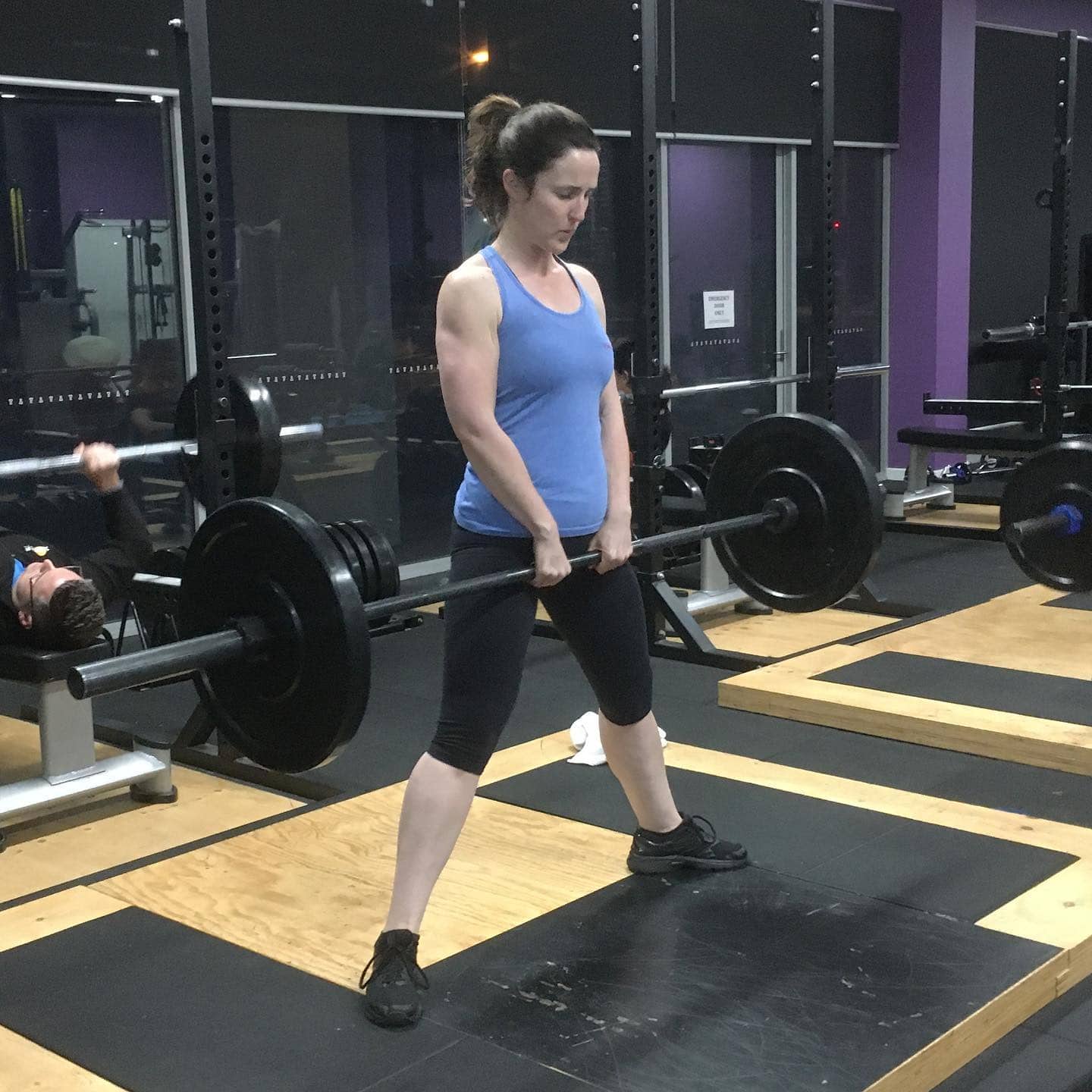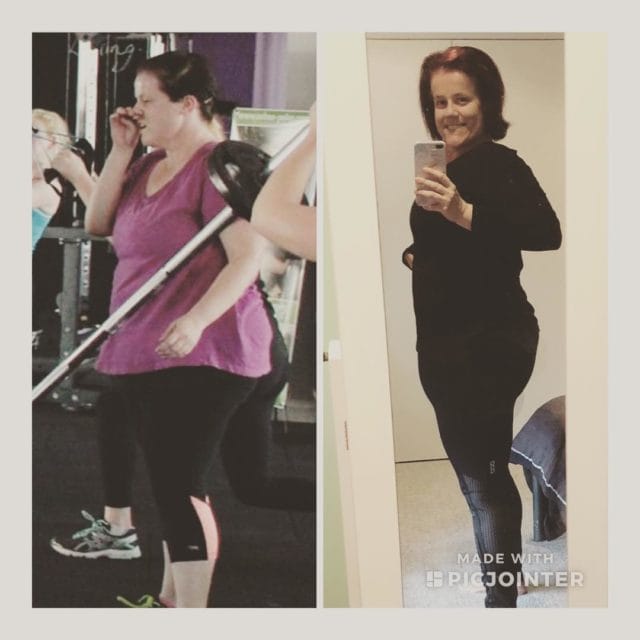Exosomes can carry genetic material (such as RNA) and signaling molecules that can influence the behavior of cells in the body, including immune cells. They may help to coordinate the immune response to viral infections, including the production of antiviral proteins and the recruitment of immune cells to support fast recovery remembering that the body is attempting to heal itself.
In addition, exosomes can carry RNA or DNA from infected cells to other cells, leading to the spread of the self healing symptoms and the development of self healing regulation. This means that exosomes may be involved in the transmission and spread of self healing symptoms like the cold and flu. There is no third party external factor. The body is doing what it needs to do.
People who are vulnerable from old age, nutritional deficiencies and are in an acidic toxic state, can be subject to high risk of adverse reactions from these regulation events. Mother Nature will remove the biologically weak from the game of life if the body can’t sustain the healing response. This makes it important for everyone, no mater the age, to ensure they are healthy and strong, at a cellular level, via their water and food. Stress levels and bad frequencies also need to be monitored.
The body must remain toxin free to survive and find longevity.
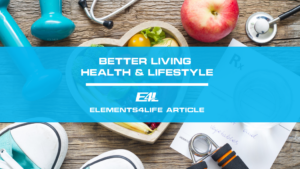




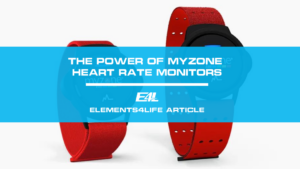
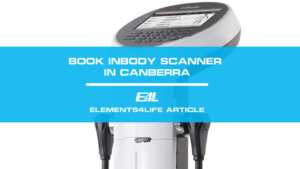












 ‘Service’ defined as ‘the action of helping or doing work for someone’ - the service that Elements 4 Life provides goes beyond this. The coaches are genuine, their approach to training is exciting and progressive, you will be supported and challenged to be the best version of yourself – mind and body. Then there’s the amazing people, our E4L community, this is what makes the gym so unique to all the other gyms I’ve been a member of.
‘Service’ defined as ‘the action of helping or doing work for someone’ - the service that Elements 4 Life provides goes beyond this. The coaches are genuine, their approach to training is exciting and progressive, you will be supported and challenged to be the best version of yourself – mind and body. Then there’s the amazing people, our E4L community, this is what makes the gym so unique to all the other gyms I’ve been a member of. 